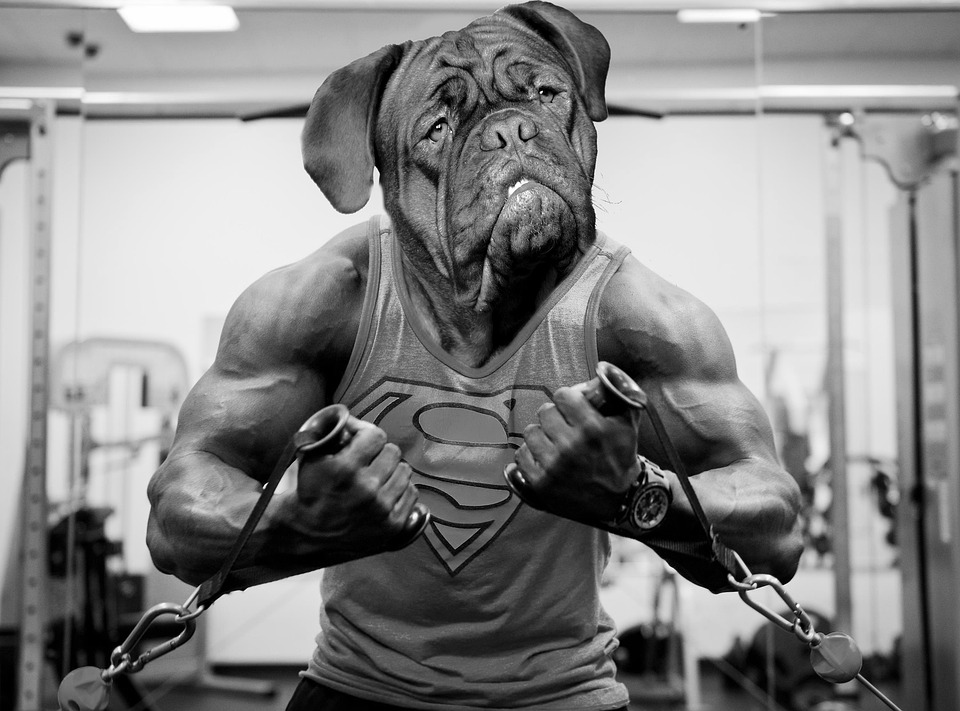Title: Maintaining Your Dog’s Joint Health Through Exercise: A Comprehensive Guide
Introduction:
As a responsible dog owner, it is crucial to prioritize your furry friend’s joint health. Regular exercise plays a vital role in maintaining strong and healthy joints in dogs. This article aims to provide valuable insights into the importance of exercise and its impact on canine joint health. Additionally, we will address frequently asked questions (FAQs) to help you gain a better understanding of this topic.
Why Exercise is Essential for Your Dog’s Joint Health:
1. Exercise Promotes Weight Management:
Regular exercise helps dogs maintain a healthy weight, reducing the strain on their joints. Excess weight can lead to increased pressure and stress on joints, contributing to joint issues and arthritis.
2. Strengthening Muscles for Joint Support:
Exercise helps build and strengthen the muscles around joints, providing better support and stability. Strong muscles can help alleviate stress on joints and reduce the risk of injuries.
3. Enhancing Flexibility and Range of Motion:
Engaging in exercise activities that involve stretching and movement helps improve flexibility and range of motion in your dog’s joints. This increased mobility can prevent stiffness and maintain joint function.
4. Reducing the Risk of Arthritis and Degenerative Joint Diseases:
Regular exercise can help reduce the risk of arthritis and degenerative joint diseases in dogs. Exercise stimulates the production of joint fluid, which nourishes the joints and helps maintain their health.
Types of Exercise Beneficial for Joint Health:
1. Low-Impact Exercises:
Low-impact exercises are gentle on the joints while still providing a good workout. These activities include swimming and hydrotherapy, leash walking, brisk walking, and treadmill workouts.
2. Controlled High-Impact Exercises:
Controlled high-impact exercises, such as agility training, obedience training, and play sessions with other dogs, can help improve joint strength and stability. These activities should be supervised to prevent excessive strain on the joints.
3. Mental Stimulation Activities:
Mental stimulation is as important as physical exercise for your dog’s overall well-being. Engage your dog in activities like puzzle toys and treat dispensers, nose work and scent training, and interactive playtime to provide mental stimulation while minimizing joint stress.
Considerations for Exercising Dogs with Existing Joint Conditions:
1. Consult Your Veterinarian:
Before starting or modifying an exercise routine for a dog with existing joint conditions, consult your veterinarian. They can provide guidance on appropriate exercises and modifications based on your dog’s specific needs.
2. Modify Exercise Intensity and Duration:
Reduce the intensity and duration of exercises for dogs with joint conditions. Shorter, more frequent exercise sessions can be beneficial to avoid placing excessive stress on the joints.
3. Incorporate Low-Impact Exercises:
Focus on low-impact exercises such as swimming or hydrotherapy to minimize joint strain while still providing a good workout for your dog.
4. Provide Adequate Rest and Recovery Time:
Ensure your dog has enough rest and recovery time between exercise sessions. This allows their joints to recover and reduces the risk of overexertion or injury.
FAQs: Frequently Asked Questions
1. How much exercise does my dog need to maintain joint health?
2. Are certain dog breeds more prone to joint issues?
3. Can overexercising lead to joint problems in dogs?
4. Are there any specific exercises to avoid to prevent joint issues?
5. What signs indicate that my dog may be experiencing joint problems?
6. Are there any supplements that can support joint health in dogs?
7. How can I prevent joint injuries during exercise sessions?
8. Can I rely solely on exercise to maintain my dog’s joint health, or should I consider other preventive measures?
Conclusion:
Keeping your dog’s joints healthy through regular exercise is an essential aspect of responsible pet ownership. By understanding the importance of exercise, choosing suitable activities, and considering your dog’s unique needs, you can help prevent joint issues and enhance your furry companion’s overall well-being. Remember, it is always beneficial to consult with your veterinarian for personalized advice and guidance regarding your dog’s exercise routine.









